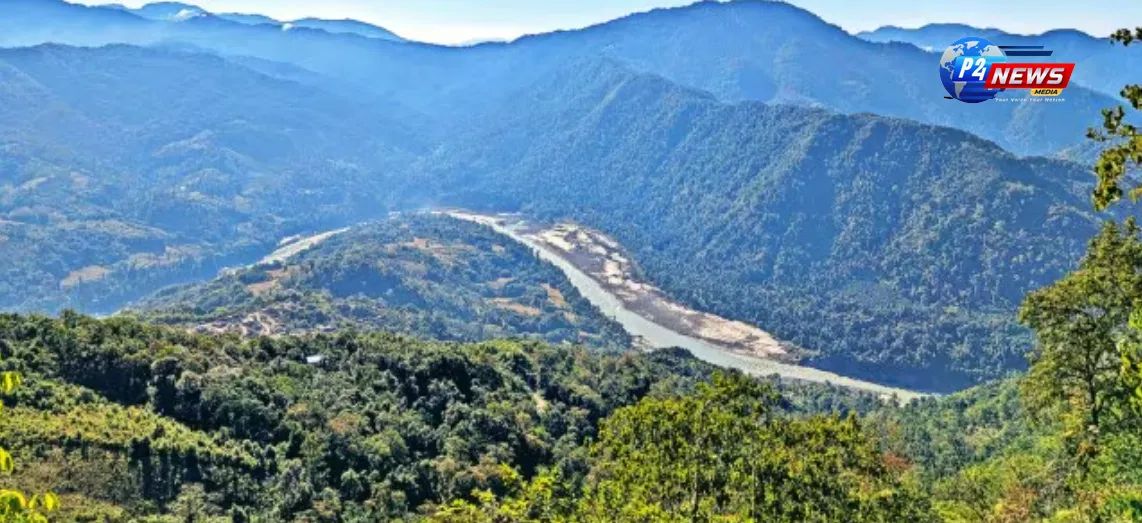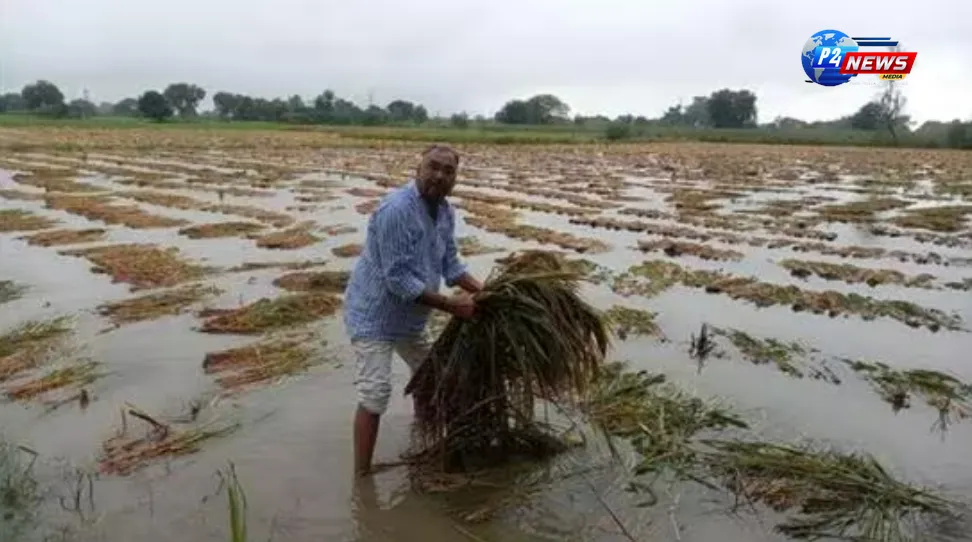Following Beijing's recent declaration of a major initiative, New Delhi issued a statement affirming its commitment to safeguarding India's interests in the region. The response underscores the nation's stance on maintaining sovereignty amid growing geopolitical developments.
Recently, China unveiled plans to construct the most extensive dam in the world, situated in Tibet, surpassing the renowned Three Gorges Dam. According to NASA, the Three Gorges Dam has altered the Earth’s rotation by approximately 0.06 seconds. However, the forthcoming dam is set to be built in a highly sensitive ecological zone within the Himalayas, close to the Indian border. This raises significant concerns about its environmental implications as well as geological stability, given that the area is recognized as a seismic hotspot, susceptible to sizable earthquakes.
The Indian government has raised several concerns regarding this colossal initiative planned along the Brahmaputra River, known as Yarlung Tsangpo in Tibet. Following Beijing’s announcement, New Delhi responded promptly, asserting its commitment to safeguarding its water rights and demanding transparency regarding the project details. The Ministry of External Affairs in India emphasized that it would keep a vigilant eye on the evolving situation and would take appropriate actions as needed to protect India's interests.
A spokesperson from the Ministry of External Affairs, Randhir Jaiswal, reaffirmed the government’s stance: “We will continue to monitor and take necessary measures to protect our interests.” The implications of the dam on the flow of the Brahmaputra and its basin could lead to significant droughts and floods, potentially impacting millions of individuals in India who depend on the river.
At a recent press briefing in New Delhi, officials underscored the necessity for China to consider the welfare of downstream nations when executing projects in the upper reaches of the river. In response to inquiries focusing on the ramifications for Indian states such as Arunachal Pradesh and Assam, Jaiswal elaborated that, as a downstream user of the river, India has consistently articulated its concerns regarding large-scale projects in China through both expert and diplomatic avenues. He highlighted that these issues have been reiterated, highlighting the demand for transparency and collaboration with neighboring countries as discussions develop.
The hydroelectric initiative also carries significant geopolitical ramifications. It may exacerbate tensions between India and China, instigating potential "water wars" between the neighboring countries. Genevieve Donnellon-May, a geopolitical strategist, alluded to this possibility in her 2022 writings, suggesting that this project could heighten existing frictions over shared water resources.
Details surrounding the project reveal that once operational, it will stand as the largest hydropower development globally. Positioned on the eastern fringes of the Tibetan plateau, it seeks to harness the lower reaches of the Yarlung Zangbo (Brahmaputra) River. As a critical component of China’s 14th five-year plan, this ambitious endeavor aims to generate a staggering 300 billion kilowatt-hours of electricity annually, with the project's estimated cost set at around USD 137 billion, marking it as the foremost infrastructure initiative worldwide.
In comparison, the new dam's capacity would more than triple the existing 88.2 billion kWh capacity of the Three Gorges Dam, currently the largest hydroelectric facility in central China. Historical precedents during the construction of the Three Gorges Dam saw the displacement of more than 1.4 million individuals. As this new project is threefold larger, there are pressing concerns regarding the extent of displacement it could cause, yet Beijing has not released specific estimates regarding this matter.
The ramifications of the project are likely to extend beyond infrastructure and electricity generation. Its environmental impact could drastically transform the existing ecological landscape in both Tibet and India, altering the river’s course and affecting agriculture in the regions reliant on the Brahmaputra. As developments unfold, the stakes for regional stability and ecological health continue to rise, highlighting the urgent need for constructive dialogue and cooperation between the concerned nations.
















Comments 0